Race cars have long been the subject of fascination and intrigue, but with that comes a host of misconceptions. From the belief that they are simply souped-up street cars to the idea that they are only about speed, many myths surround these high-performance machines. In this article, we’ll debunk 20 of the most common misconceptions about race cars, revealing the truths that make these vehicles as remarkable as they are misunderstood.
Contents
Race cars are just modified street cars.
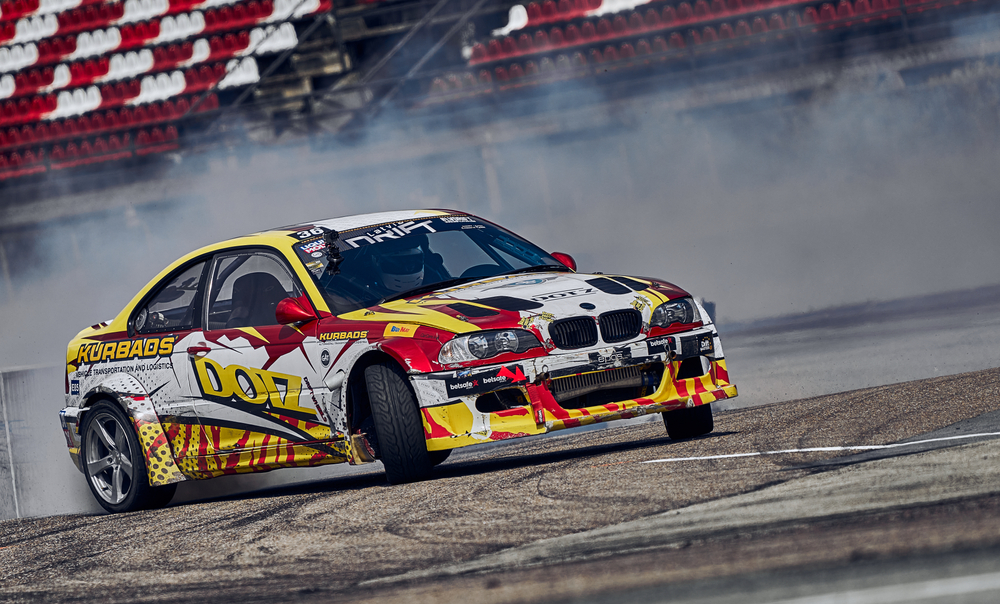
Many people believe race cars are simply enhanced versions of street cars. In reality, race cars are purpose-built from the ground up to prioritize performance, safety, and speed. They feature specialized components such as roll cages, advanced suspension systems, and aerodynamic designs not found in standard vehicles. These distinctions make race cars fundamentally different from their street-legal counterparts.
All race cars are built for maximum speed.
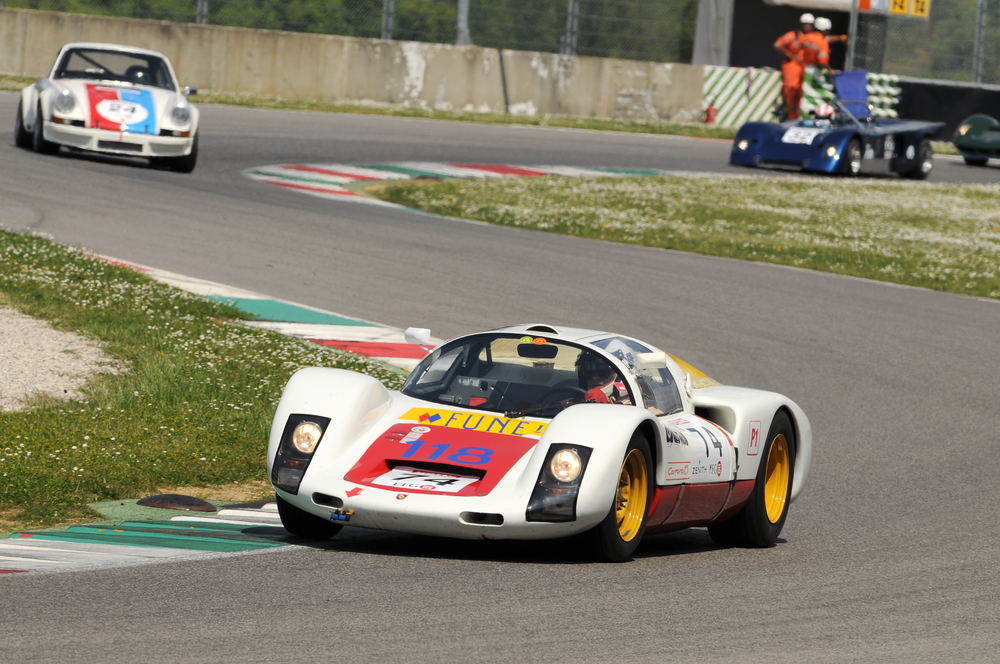
Contrary to popular belief, race cars are not solely designed for speed. Different types of racing require various performance characteristics. For instance, endurance race cars emphasize reliability and fuel efficiency, while rally cars are built for agility and handling on rough terrains. Speed is just one aspect of race car performance, tailored to specific racing formats.
Race car drivers don’t need to be physically fit.

Race car driving demands high levels of physical fitness and stamina. Drivers endure extreme G-forces, high temperatures, and prolonged periods of intense concentration. They must have strong cardiovascular health, excellent reflexes, and the physical endurance to withstand the rigors of a race, which can last several hours.
Race car engines are the same as regular car engines.

Race car engines are highly specialized and significantly more advanced than regular car engines. They are designed for high performance, incorporating advanced materials, precise engineering, and superior cooling systems. These engines often have much higher power outputs and rev limits, optimized for competitive racing conditions.
Race cars are only about horsepower.
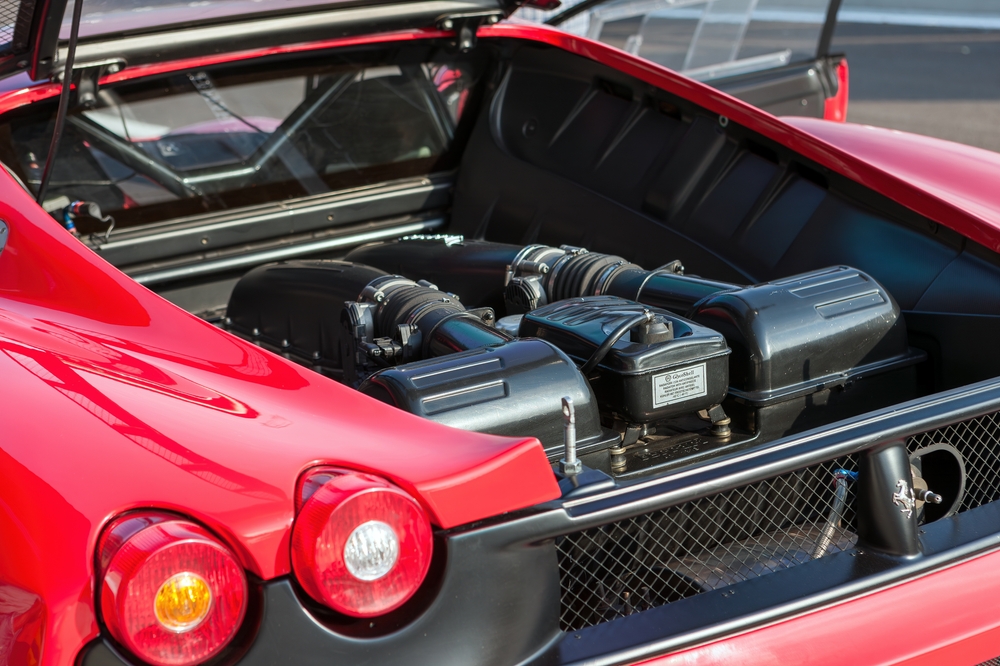
While horsepower is an important aspect of a race car’s performance, it’s not the only factor. Aerodynamics, weight distribution, suspension setup, and tire technology are equally crucial. A well-balanced race car that handles well can outperform a car with higher horsepower but poor handling.
All race cars use the same type of fuel.

Race cars use a variety of fuels depending on the type of racing and regulations. While some use high-octane gasoline, others might use ethanol, methanol, or even hybrid electric systems. Each type of fuel offers different advantages in terms of power, efficiency, and environmental impact.
Race car driving isn’t a dangerous sport.

Racing is inherently dangerous, with high speeds and close competition increasing the risk of accidents. Despite advanced safety measures like roll cages, harnesses, and fire-resistant suits, drivers face significant risks. The history of racing is filled with incidents that highlight the sport’s dangers.
Race car drivers don’t need to know about mechanics.

Drivers must have a deep understanding of their car’s mechanics to communicate effectively with their pit crew and make real-time decisions during races. Knowledge of vehicle dynamics, tire wear, and engine performance is crucial for optimizing performance and handling unforeseen issues.
Race cars can be driven on regular roads.
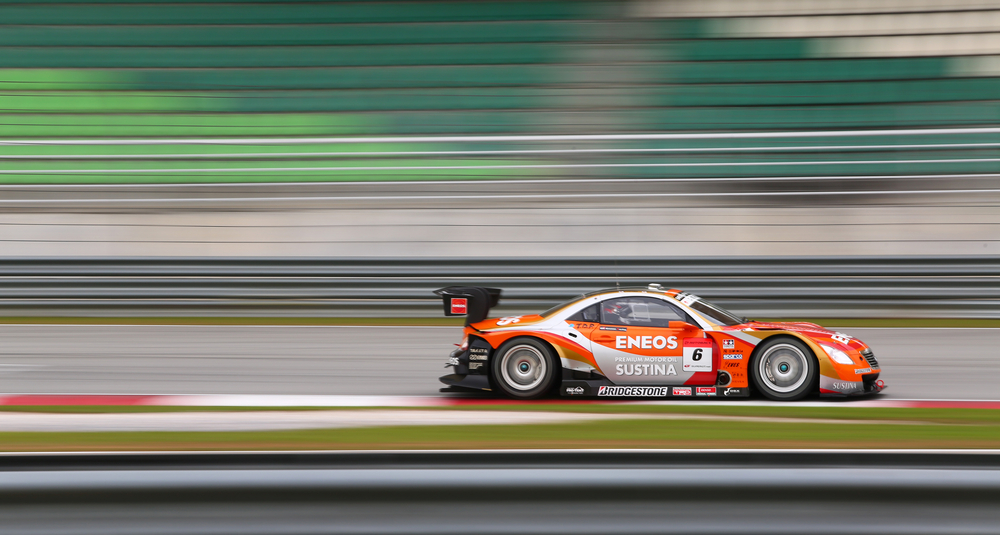
Race cars are not designed for public roads and typically do not meet the safety and emission standards required for street-legal vehicles. They lack essential features like headlights, indicators, and proper exhaust systems. Driving a race car on public roads is impractical and often illegal.
All race cars look the same.

Race cars come in various shapes and sizes, each tailored to their specific type of racing. From the low, sleek design of Formula 1 cars to the rugged, high-clearance bodies of rally cars, the diversity in race car design reflects the unique demands of different racing disciplines.
Race cars are only about the car, not the driver.
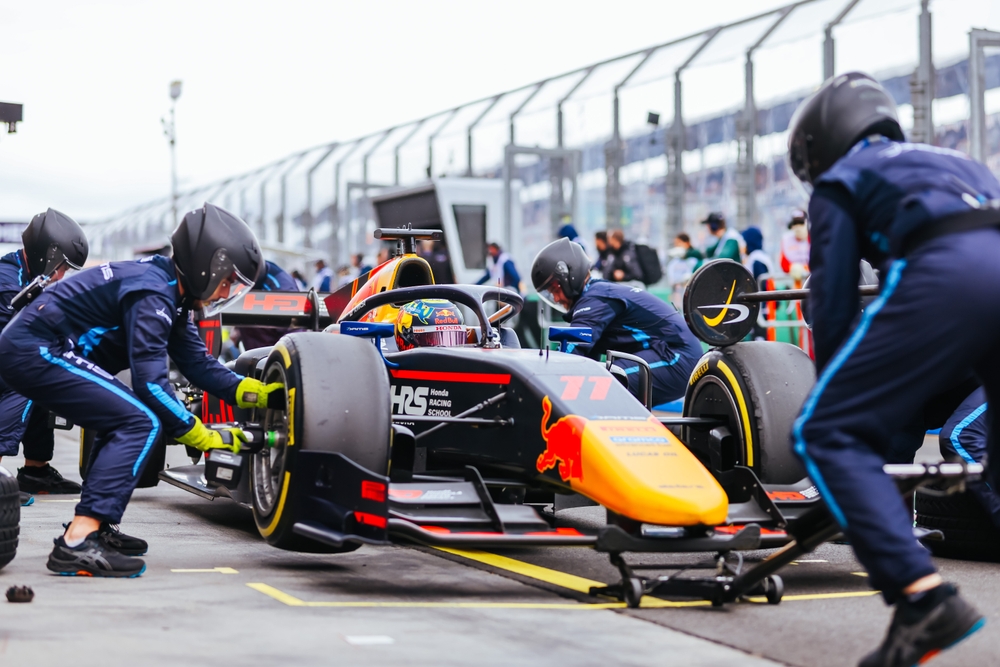
The driver’s skill, experience, and strategy are crucial to racing success. Even the best-engineered race car can underperform with a less skilled driver behind the wheel. Racing is a symbiotic relationship between man and machine, where both elements are vital for victory.
Race car tires are the same as street car tires.
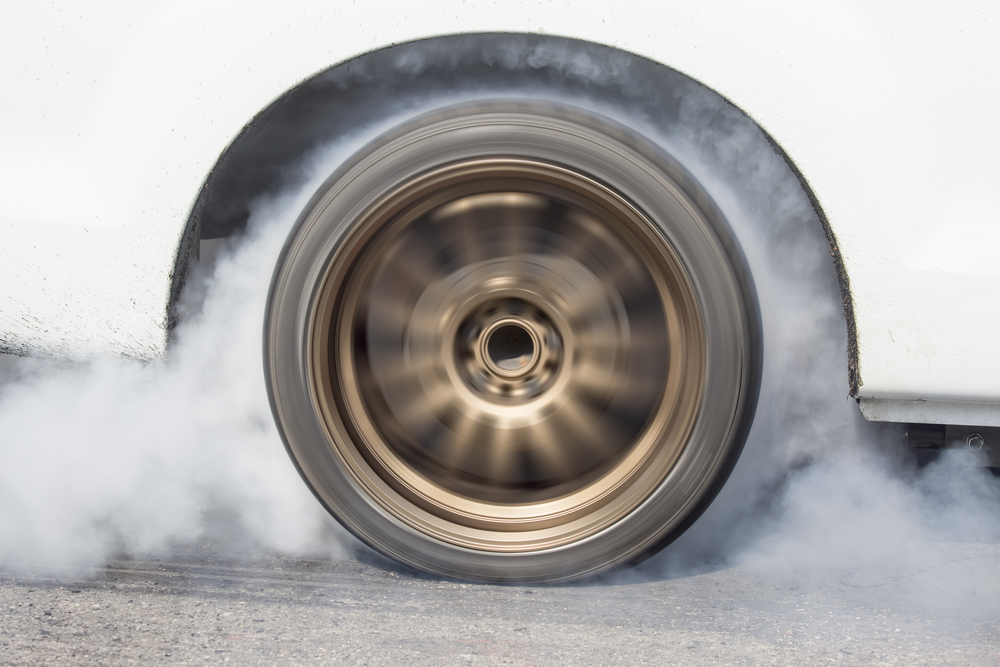
Race car tires are specifically designed for maximum grip and performance under extreme conditions. They are made from different rubber compounds and have unique tread patterns optimized for various track surfaces and weather conditions. Street car tires, on the other hand, are designed for durability and comfort.
All race cars are manual transmission.

While many race cars use manual transmissions for greater driver control, some modern race cars use advanced automatic or semi-automatic transmissions with paddle shifters. These systems can provide quicker, more efficient gear changes, giving drivers a competitive edge.
Race car driving is all about going fast in a straight line.

Racing involves complex skills beyond just straight-line speed. Drivers must navigate turns, manage tire wear, optimize braking points, and adapt to changing track conditions. Circuit racing, in particular, emphasizes a balance of speed, precision, and strategy.
Race cars don’t need good aerodynamics.
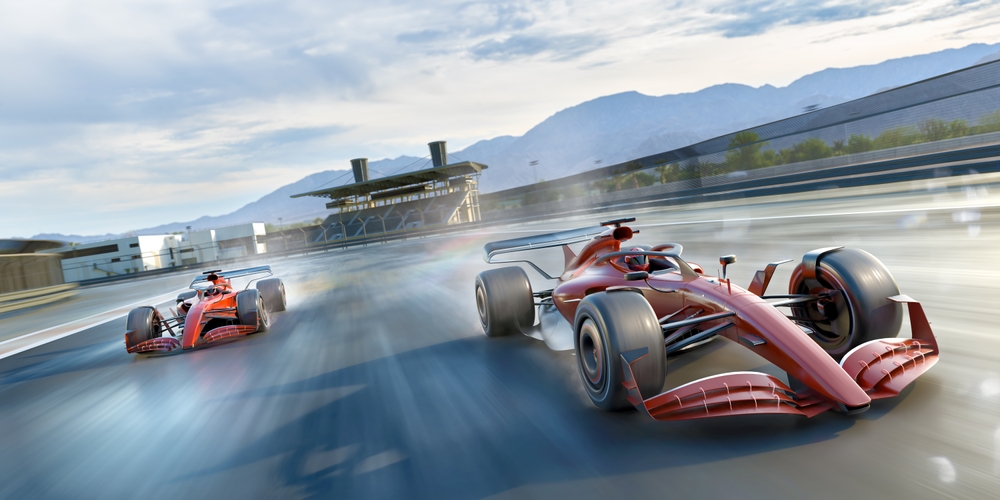
Aerodynamics play a critical role in a race car’s performance, affecting speed, handling, and fuel efficiency. Features like spoilers, diffusers, and streamlined body shapes reduce drag and increase downforce, helping the car stay stable at high speeds and through corners.
Any car can be turned into a race car.

Converting a regular car into a race car involves extensive modifications, including upgrading the engine, suspension, brakes, and safety features. Simply adding performance parts to a standard car won’t suffice. True race cars are engineered with racing in mind from the outset.
Race car drivers don’t need to follow traffic rules.

Race car drivers operate within a strict set of rules and regulations specific to their racing discipline. These rules ensure safety and fairness. While they don’t follow public traffic laws on the track, they adhere to a rigorous code of conduct and regulations set by racing authorities.
Race car drivers are just adrenaline junkies.

While adrenaline is a part of racing, professional drivers are highly disciplined athletes with a deep understanding of their sport. They combine physical fitness, mental toughness, and technical knowledge to excel. Racing is as much about skill and strategy as it is about thrill-seeking.
Race car maintenance is the same as regular car maintenance.
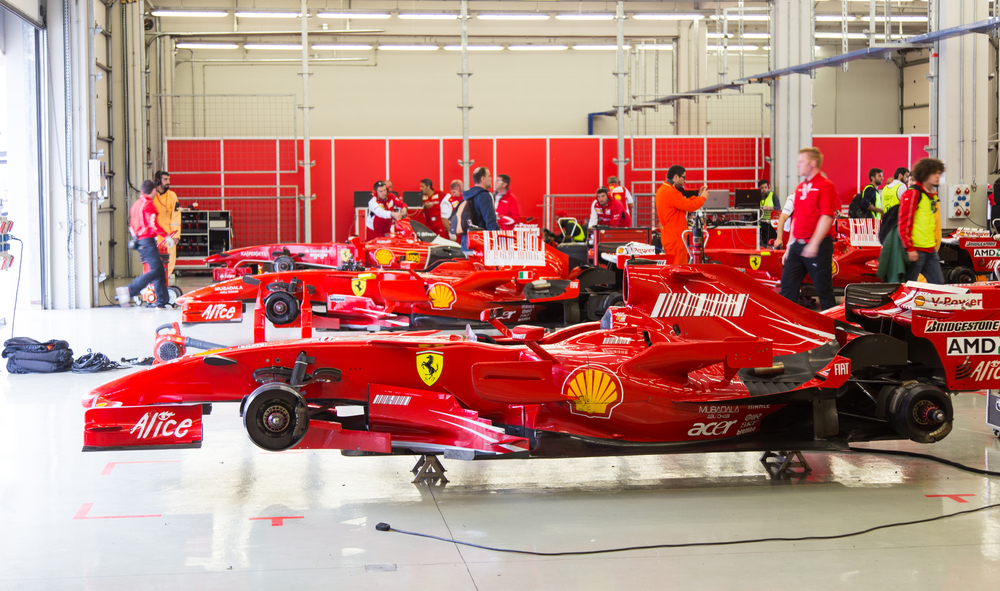
Maintaining a race car requires specialized knowledge and equipment. The demands of racing mean components must be regularly inspected, repaired, or replaced. Teams often rebuild engines, adjust suspension settings, and fine-tune aerodynamics between races to ensure peak performance.
Race car drivers don’t need strategic thinking.
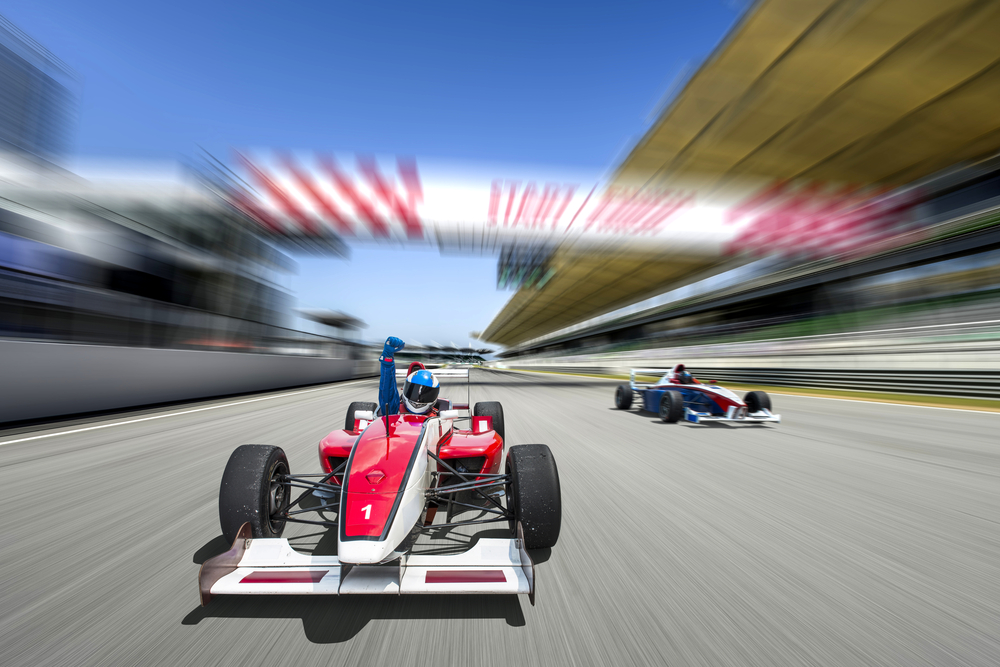
Strategy is a crucial aspect of racing. Drivers and their teams must decide on fuel management, tire changes, and pit stop timing. They analyze competitors’ behavior and adapt their tactics in real-time to gain an advantage. Winning a race often depends as much on strategy as on driving skill.
This article originally appeared in MyCarMakesNoise.
More from MyCarMakesNoise
20 Affordable Touring Motorcycles You Can Rely On

Embarking on the open road calls for a dependable companion that won’t break the bank. This guide explores a selection of touring motorcycles renowned for their reliability and affordability. Read More.
15 Long Distance Vehicles with Premier Safety Features

When planning a long road trip, safety is just as important as the destination. In this guide, we’ve curated a list of cars renowned for their top-notch safety features and comfort. Read More.
13 Surprising Facts About Corvettes You Didn’t Know
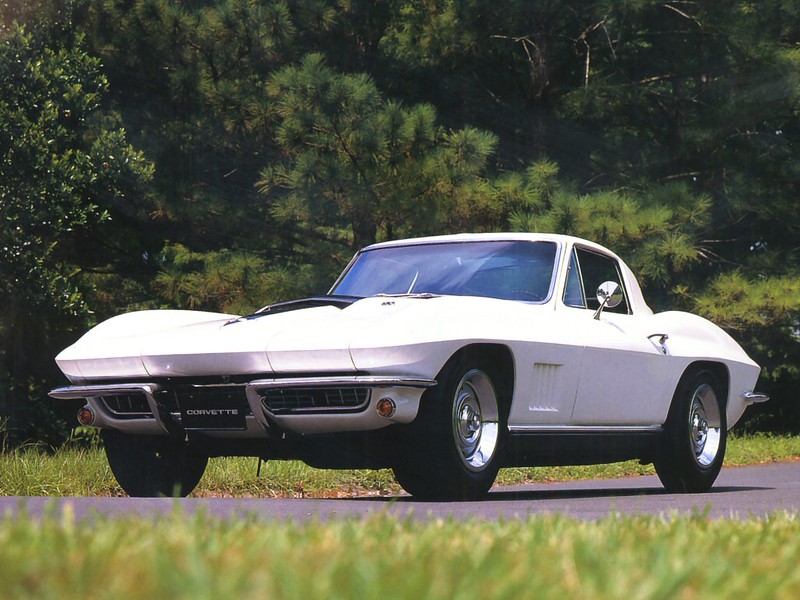
The Chevrolet Corvette, an emblem of American automotive prowess, is rich with history and innovation that often escapes even the most ardent enthusiasts. While its speed and sleek design capture headlines, many of its groundbreaking features and fascinating stories remain lesser-known. Read More.














